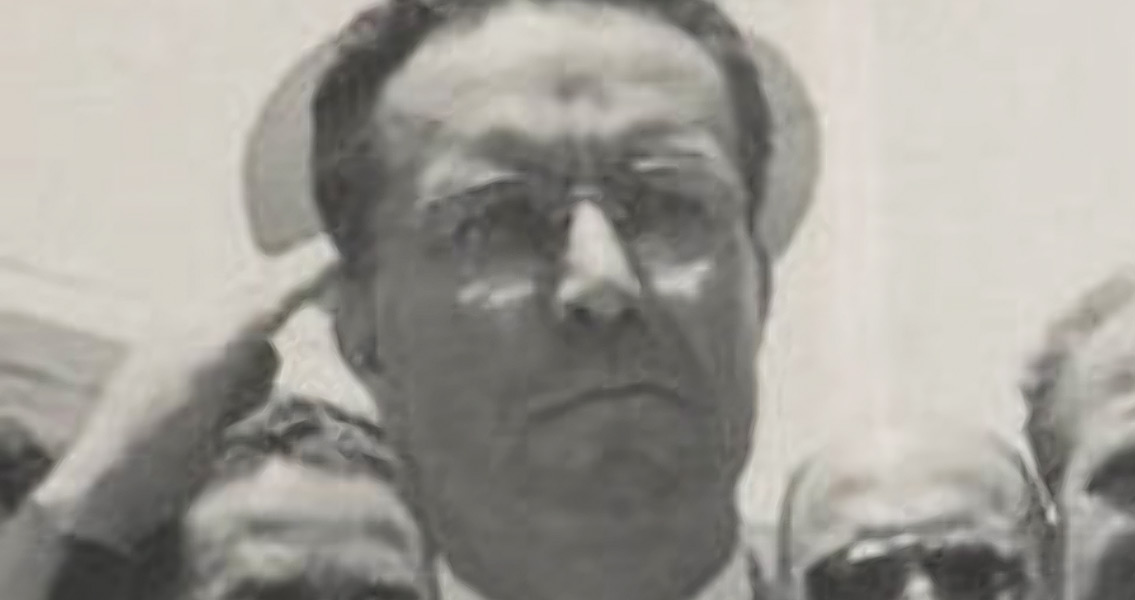<![CDATA[On Thursday 28th August, 1986, Bolivian president Victor Paz Estenssoro declared a nationwide state of siege in the country in response to striking tin miners. The decree claimed that a "state of subversion" had descended over Bolivia, and accused the miners of plotting to initiate "a violent plan of insurrection." Bolivia's 20,000 tin miners had begun an indefinite strike ten days earlier in protest at Paz Estenssoro's plans to shut down fifty percent of the country's state owned tin mines in response to falling tin prices. 5,000 of the miners set off on a march on the 21st August from Oruro, and were scheduled to arrive in the Bolivian seat of government, La Paz, on the 30th August. On the 28th August radio stations announced the decree declaring the state of siege. Military jets flew over the capital that morning for an hour, as a sign of the state's military strength. Tanks were also deployed, in La Paz and surrounding villages, although they did not open fire on the marchers. Along with the repression of the tin miners, police descended on the country's airports to maintain order and prevent a simultaneous strike by airport workers intended to disrupt air traffic in the country. The airport staff were campaigning for higher wages. At least 100 strikers were arrested by police, from the protest marches, the planned airport disobedience, and among hunger strikers at a private electricity supply company. The government decree banned public gatherings and marches as well as the carrying of weapons. Groups of more than two people were prohibited from gathering on the streets between midnight and 6 am. For Paz Estenssoro, who had served three times as Bolivian president (1952–56, 1960–64, 1985–89), the decision to turn against the miners marked a significant shift in his political approach when compared to the left-wing reforms he had pushed through in his first presidency. In 1951 Paz Estenssoro was elected president while in exile, although a military coup prevented him from taking the presidency. The former economics professor and army officer finally returned to Bolivia a year later after a popular uprising saw his supporters triumphant, and allowed him to take office. His first government was characterised by a swift program of reforms which saw tin mines nationalised, the army weakened and countered by workers militia, and dramatic land reform instigated. Haciendas were divided up and distributed to the landless peasantry, while the country's indigenous peoples - the Quechua and Aymara Indians - were returned to their original lands and given the right to vote along with any Bolivian citizen over the age of 21. In 1956 he lost the presidency in an election, and served as ambassador to the United Kingdom for four years before again being elected in 1960. His brief third presidency saw him build relations with the US, joining President Kennedy's 'Alliance for Change' which aimed to prevent Communism gaining a foothold in Latin America. Bolivia signed up to the Inter-American Development bank, successfully winning aid for development projects in the country. As Paz Estenssoro started on his next term as president in 1964, the country was plunged into turmoil. The president found himself caught in the middle of growing pressure from the trade union movement for further nationalisation of the country's industry, and the powerful fear of communism in the military. A coup in 1964 saw the military take control of the country, and Paz Estenssoro forced into exile. By the time Paz Estensorro returned to the presidency some twenty years later, the situation in Bolivia had deteriorated dramatically. Inflation was rife, while the military had become increasingly corrupt and brutal. Paz Estensorro returned stability to the country, but in a way which seemed to go against the left wing reformism of his first presidency. A program of strict austerity measures was introduced to counter inflation, while the free market ideas which had started to sweep through much of South America were adopted in Bolivia. The program was largely a success, in terms of balancing inflation. As the events of 28th August, 1986 show however, it brought the president into conflict with those who had previously been the basis of his support. Image courtesy of Wikimedia Commons user: Biblioteca del Congreso Nacional - Chile ]]>
Paz Estenssoro Declares State of Siege
